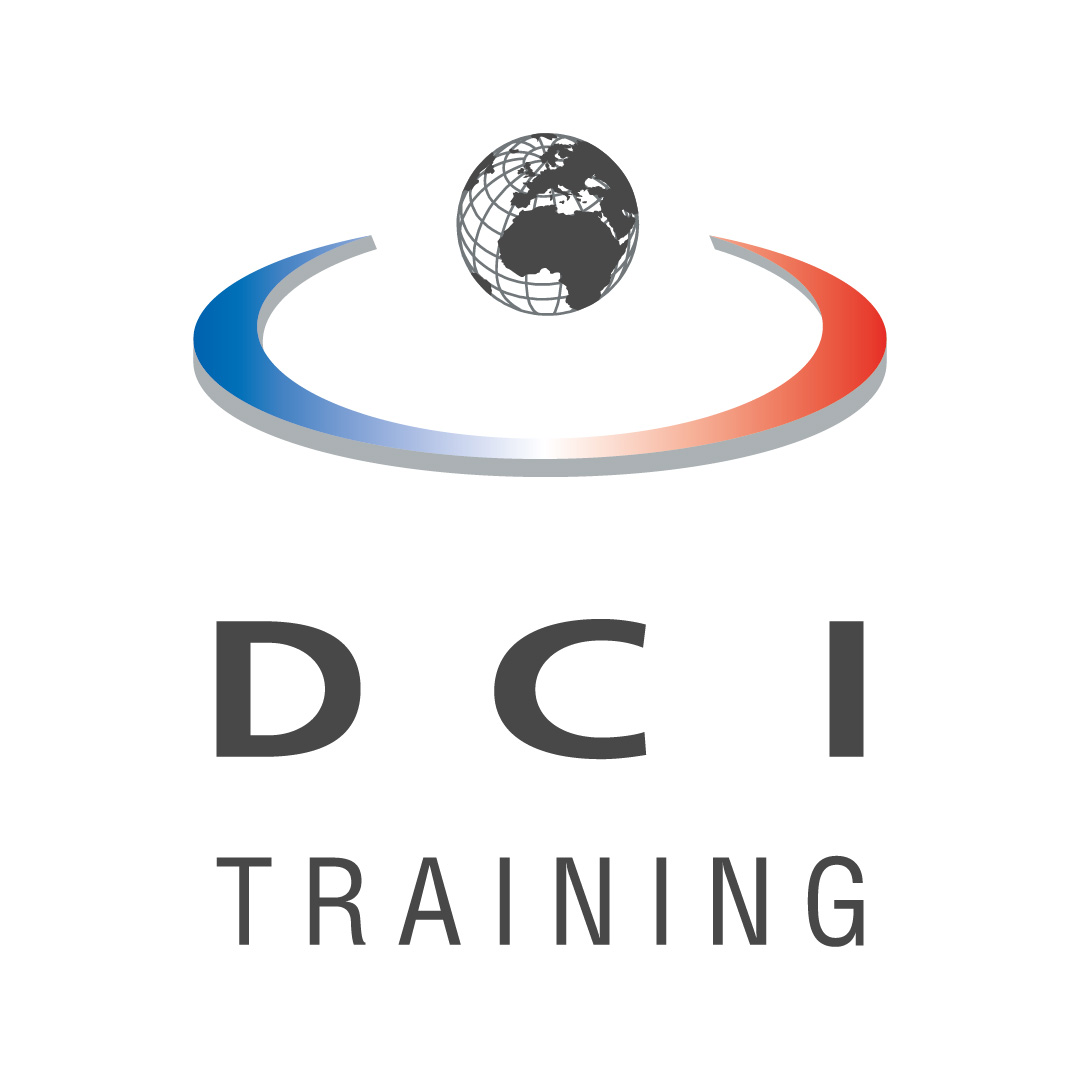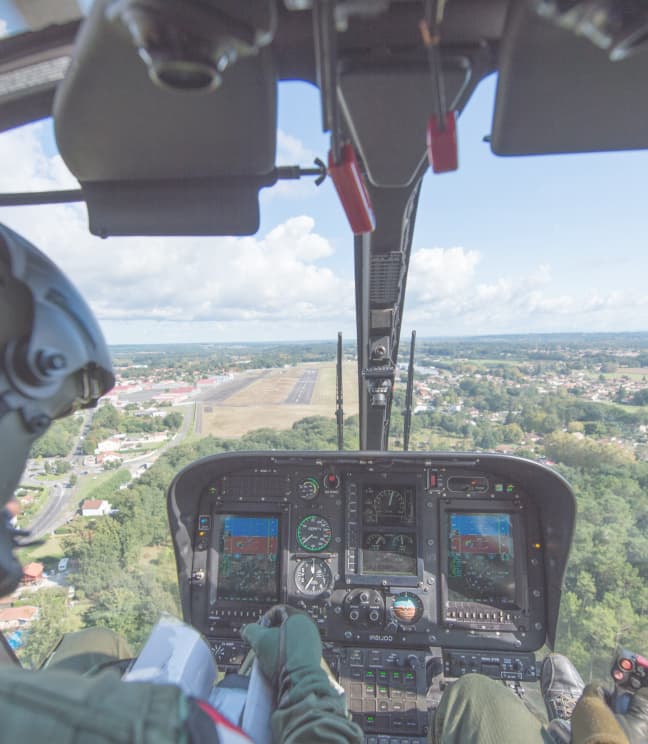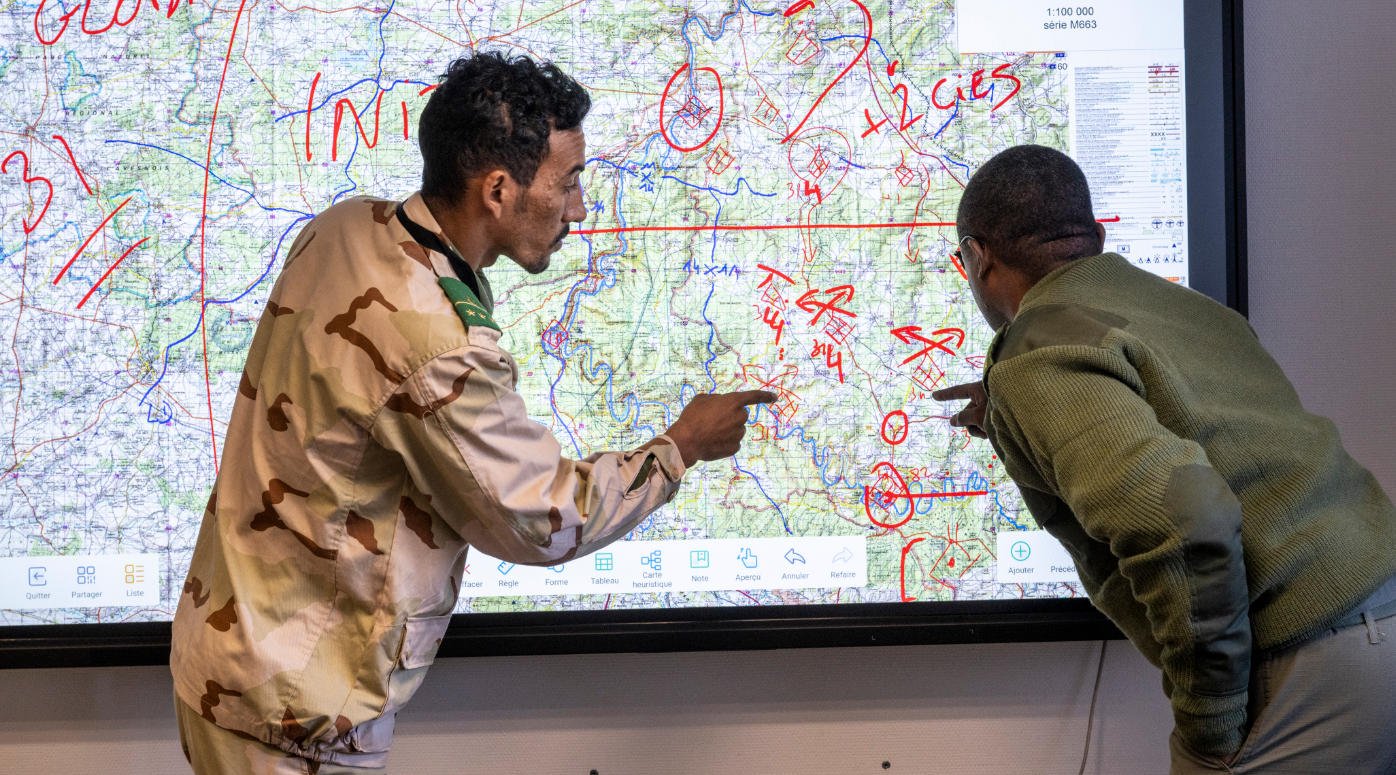Purpose
Prepare assigned personnel to apply processes and method to provide analysis, assessment, and develop relevant products for submission to the approval and decision of an operational level commander
Performance Objectives
Staff Officers are capable of understanding joint operations, and of contributing to a joint operational planning group, in a national or multinational environment, applying NATO processes.
- PO 1. Understand the fundamentals of joint operations in a comprehensive approach
- ELO 1.1: Understand the principles of a joint campaign in the context of a comprehensive approach
- ELO 1.2: Understand strategic and operational level organisation and responsibilities
- ELO 1.3: Understand operational art and design concepts
- PO 2. Understand the contributions of major functions to the decision cycle of an operational level HQ
- ELO 2.1: Understand the contribution of Info Ops and Targeting
- ELO 2.2: Understand the contribution of POLAD & LEGAD
- ELO 2.3: Understand the contribution of joint logistic (J4)
- ELO 2.4: Understand the contribution of joint intelligence (J2)
- ELO 2.5: Understand the contribution of civil-military cooperation – CIMIC (J9)
- PO 3. Understand the role of JOC, J35 and J5 in the decision cycle and assessment process of an operational HQ
- ELO 3.1: Understand the contribution and deliverables of a J3/JOC (current OPS)
- ELO 3.2: Understand the contribution and deliverables of a J3/J35 (future OPS OPS)
- ELO 3.3: Understand the contribution and deliverables of a J5 (future plans, campaign assessment)
- PO 4. Understand and apply the principles of operational planning at operational level
- ELO 4.1: Understand the major phases and output of operational planning
- ELO 4.2: Understand and apply the operational level contribution to the development of strategic assessment and military response options (operational advice)
- ELO 4.3: Understand the principles of organisation of a joint operational planning group (JOPG)
- ELO 4.4: Understand the working processes of a JOPG
- ELO 4.5: Scenario presentation
- PO 5. Understand and apply COPD process during Operational Estimate Phase 3A-Mission Analysis
- ELO 5.1: Develop a system perspective of the engagement space at operational level (PMESII)
- ELO 5.2: Understand and apply the framing of the operational Level Problem
- ELO 5.3: Understand and apply the analysis of the mission process
- ELO 5.4: Understand and apply Operational Design development
- ELO 5.5: Develop operational assumptions, limitations and risks
- ELO 5.6: Develop Information Operations framework as part of Strategic Communications: messages, target audiences, goals, campaign narrative
- ELO 5.7: Develop Initial force estimate and C2 requirement
- ELO 5.8: Understand and produce Mission Analysis Briefing and Operational Planning Guidance
- PO 6. Understand and apply COPD process during Operational Estimate Phase 3B-COA Development
- ELO 6.1: Understand and apply preparation for COA development
- ELO 6.2: Develop common factors for all options, including key operational requirements
- ELO 6.3: Develop tentative COAs and conduct Commander’s update
- ELO 6.4: Develop detailed description of each COA including key military tasks, risks, information operations, resources, logistic and C2 considerations
- ELO 6.5: Develop COA comparison and analysis
- ELO 6.6: Develop operational risk analysis
- ELO 6.7: Refine resources requirement
- ELO 6.8: Develop campaign assessment framework
- ELO 6.9: Understand and produce COA Decision Briefing
- ELO 6.10: Understand and produce refined CONOPS and Operational Planning Directive
- ELO 6.11: Understand CONOPS and OPLAN development
Job Performance Outcome: 300 – Advance level (Apply)
Participant prerequisites
Basic staff skills (how to staff documents, how to prepare and deliver a briefing to an authority)
Basic knowledge of Microsoft Windows® and the common Microsoft Office® applications (Word®, PowerPoint® and Excel®)
Facility - Equipment
- 1x plenary room, with 25 tables & chairs, teacher desk and chair, 1x computer /projector/ screen, 2x white boards and associated stationary
- 3x (minimum 2x) syndicate rooms with 10 x tables & chairs, 1x computer /projector/ screen, 2x white boards, 2x paper boards and associated stationary
- Ability to deliver basic admin tasks (e.g. printing)



 Joint Operations Operational Staff Officer Course
Joint Operations Operational Staff Officer Course
 Qualification
Qualification
 Duration
Duration
 Location
Location
 Language
Language
 Capacity
Capacity
 Type
Type
